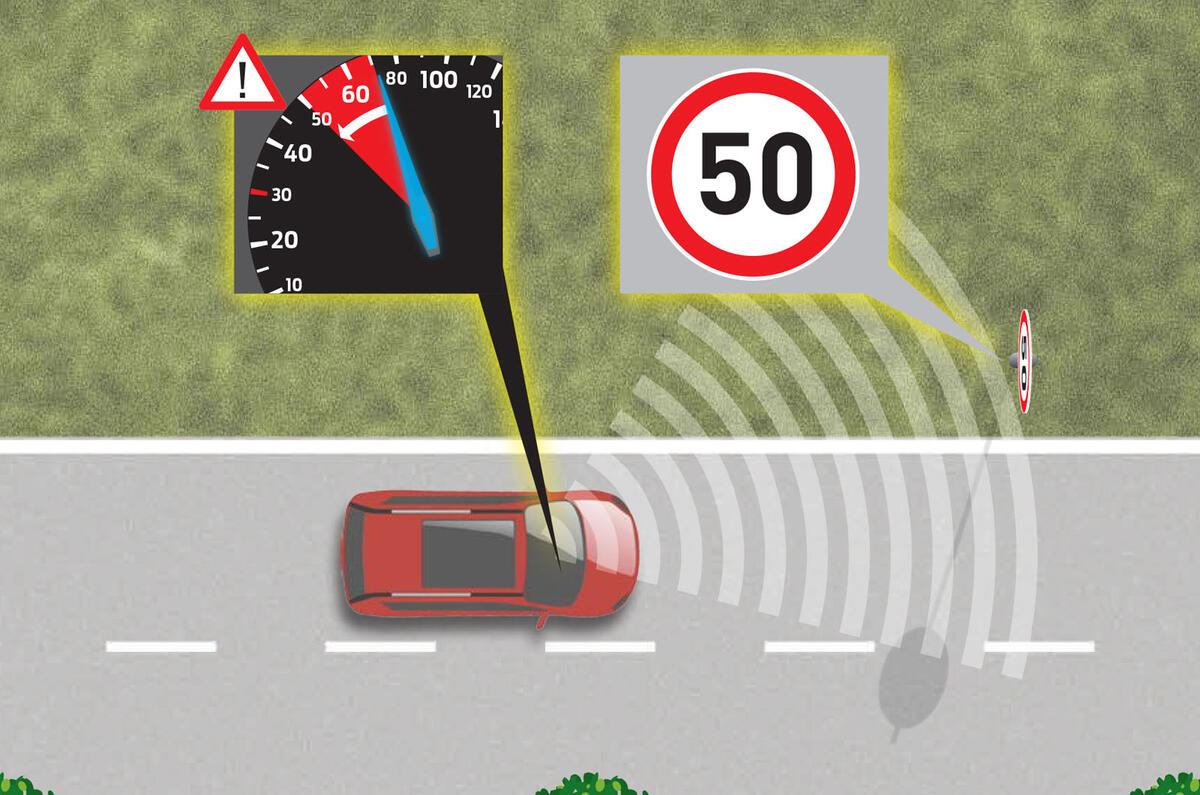GSR2: It sounds innocent enough. Even when fully spelled out as General Safety Regulations 2. Or even when explained as a list of 18 safety features that new cars must have in order to comply with regulations arriving in three stages: in 2022, 2024 and 2026.
Examples in the initial phase include mandator blindspot-monitoring systems, driver-drowsiness detection and intelligent speed assistance, all there to lend a hand should the statistically weakest link in the mobility chain – the person as the wheel, said to account for 90% of incidents – slips up.




Add your comment